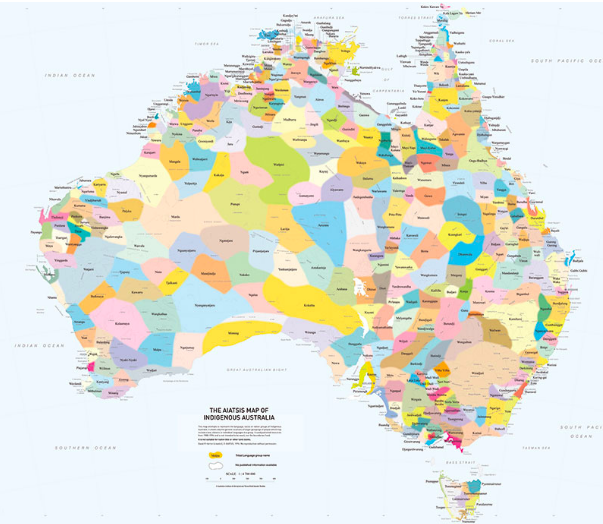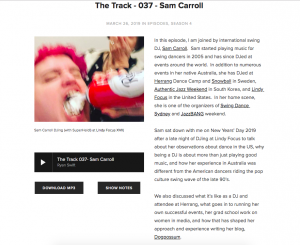The Unity Hall Jazz Band had the longest running jazz residency in the world.
Their host, the Workers’ Bar and Restaurant in the Unity Hall Hotel, has just announced changes to their monthly program. Now the Unity Hall Jazz Band only play two weeks out of every four in the month. The third is given to the usual monthly Dan Barnet Big Band gig, and the fourth week has just been given to rockabilly bands.
This is not good news.
A couple of weeks ago I spoke to one of the younger band members, who was worried about the gig, and more concerned about the band leader, Gary Walford, who’s been leading the Unity Hall band for all the forty seven years of this residency. The venue owners had told the venue manager to increase the earnings at the bar, or the band would be cancelled.
My friend asked me what we could do, and I suggested the usual call-round to dancers to encourage them to spend more at the venue. I had no hope for this ploy. It never works. And I have no shortage of reservations about promoting drinking in the local community. Particularly when alcoholism is a real problem in the jazz musician community.
But I’ve been thinking about this issue.
All over the world, free weekly live jazz gigs get cancelled because there’s a lack of income over the bar. Before they get cancelled, there’s a push to have dancers spend more at the bar.
And then the gig gets cancelled.
We know that lindy hoppers are a bad market for bars, because they don’t drink, and they don’t eat. Because they’re up and dancing, and lindy hop is too tricky if you drink more than a drink or two. At least the way people like to dance it here in Sydney. And the scene generally tends to be people who don’t drink much. Good news for our livers and our domestic lives. Bad news for pub economies.
We also know that bars will book bands specifically to help people have fun and spend money at the bar. If the people don’t have fun and don’t spend money at the bar, the band gets cancelled.
We also know that keno, pokies, and other automatic gambling systems (specifically not social things like bingo) bring heaps of money into a venue (if you have a licence).
And we also know that bands distract people from gambling.
So big corporate venues (who are also members of clubs Australia and have gambling licences) are more likely to encourage gambling, because they make money.
-> there are studies all about these things, and evidence to support this.
So I’m thinking:
– Encouraging dancers to spend money at the bar won’t work, as they don’t spend enough to compete with the pokies and keno. And there are no good consequences to pushing for cultural changes that see dancers increasing the amount they drink;
– Encouraging mixed dancer/drinker audiences won’t work either, as neither bring in as much as a gambling clientele;
– We need another income stream for venues.
I’ve been wondering if venues like the Workers, even though they’re all about money and gambling rather than music and socialising, could be encouraged to apply for grants.
Ironically, there is funding available from the Office of Responsible Gambling in NSW to subsidise arts/live music projects in community venues.
So the venue could apply for grants money, or the group as a whole could do it.
I’m not the first to have this thought about live music venues in Sydney. Our live music culture is at risk, mostly because the venues in which it is played and enjoyed are struggling. And even though they’re not applied in Balmain (home to the Unity Hall Hotel) and the inner west (home to most of Sydney’s lindy hop), the lock out laws haven’t helped with Sydney’s night life.
Fewer gigs, so bands move south to Melbourne or north to Brisbane. The decline in arts funding nationally and in NSW has seen younger jazz musicians going overseas for work. Last year’s ethically dubious redirection of funding from successful applicants to Opera NSW by the state minister, and the Liberal party government signalled not only a general decline in funding, but a deliberate redirection of funding away from community arts projects, and towards high arts projects.
Of course, this government funded approach to paying for live jazz runs contrary to the free market, small-government-advocating capitalist ethos. The Liberal party is doing its best to deconstruct arts funding. And to promote gambling (and gambling revenue). The welfare state, the state that fosters the arts, and public funding for creative thinking in the arts and sciences, has been steadily undone by previous and current governments. And with a newly elected Liberal government in NSW, things won’t be getting any better.
While jazz is no longer vernacular music, a free, afternoon live band gig in a pub is certainly community arts practice, engaging ordinary, local people of all ages. And there is a connection to be made between the NSW state government’s dependence on gambling income (taxes) and the decline of ordinary, community arts practice. Gambling, it seems, is not only destructive to families and small business, it is also dangerous to community arts practice and community social spaces.
And that’s as far as my thinking has gone.


